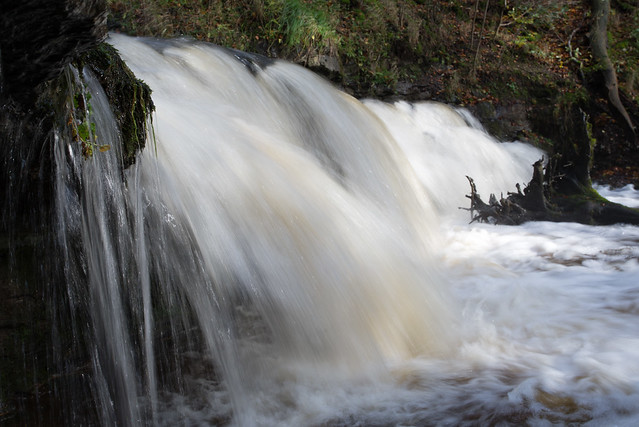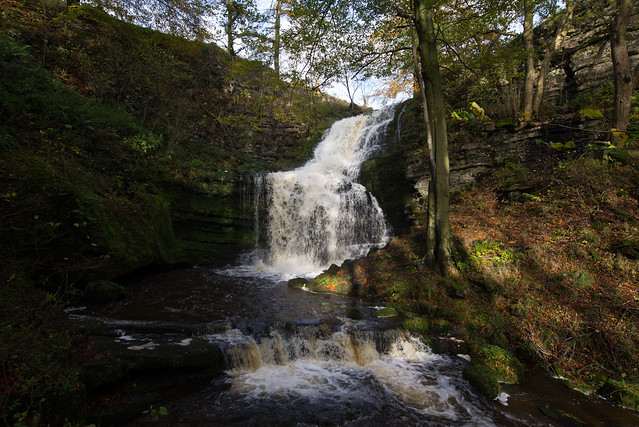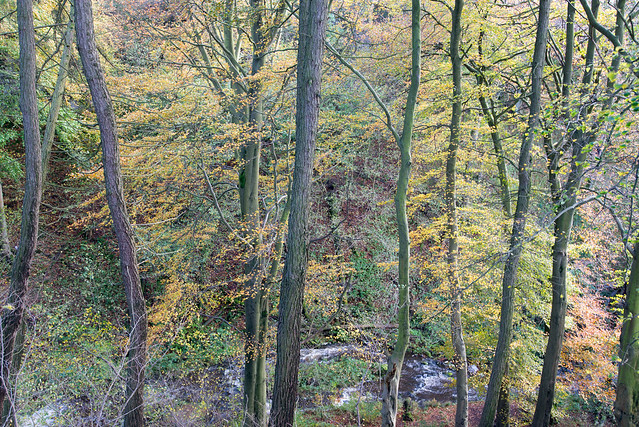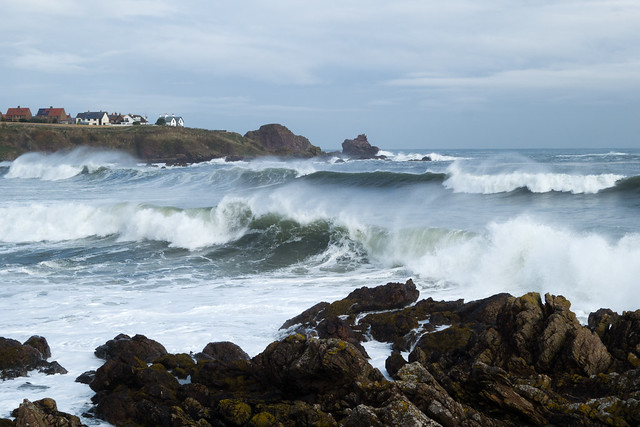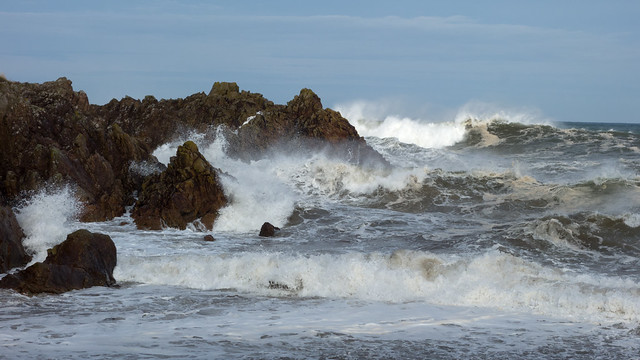Well, perhaps not really very much ado. There's
a new paper in Climate Dynamics, by Lewis and Curry, with a central sensitivity estimate of 1.6C with a 90% range of 1-4C, based on energy budget analyses over the instrumental period, updated to the present day, also taking account of the newer AR5 forcing estimates. I don't find it particularly exciting, the authors cite several recent papers with similar results including Aldrin and Otto et al. I wrote about those papers some time ago, and I think these posts (
1,
2,
3) still stand. I've
commented before on my objections
to Lewis' method, and especially the sleight-of-words with which it is
described, but (as I've also emphasised) I don't think this
substantially affects the results in this application.
Clearly, the longer the relatively slow warming continues, the lower the estimates will go. And despite what some people might like to think, the slow warming has certainly been a surprise, as anyone who was paying attention at the time of the AR4 writing can attest. I remain deeply unimpressed by the way in which this embarrassment has been handled by the climate science insiders, and IPCC authors in particular. Their seemingly desperate attempts to denigrate anything that undermines their storyline (even though a few years ago the same people were using markedly inferior analyses of this very type to bolster it!) do them no credit.
One weakness of these energy-budget type of analyses, that I believe Lewis and others could easily address, is to demonstrate how well it works in application to GCM output. That is, can the method accurately diagnose the sensitivity of a model given equivalent information to that which we have for the real world? Aldrin et al addressed this rather briefly and in a very limited way, using a far stronger forcing scenario (1%pa CO2 enrichment) than what has occurred in reality. It would be easy to investigate the precision of the method, and whether it gives rise to any systematic biases, by using output from the more realistic 20th century simulations. It is also noteworthy that the Aldrin method struggles to cope with hemispheric differences, which may point to some limitations of the energy balance concept. While the climate system certainly does obey the fundamental conservation laws, supposedly “fixed” parameters (in simple models) are not actually constants in reality. And no matter now precisely we can determine the historical transient response to the current radiative imbalance, there will always be a bit of additional uncertainty in extrapolating that to an equilibrium 2xCO2 state.
Finally, it is also amusing to see Judith “we don't know anything” Curry to put her name to this new paper: it is unclear what she might have added, as Nic has been presenting analyses of this nature for some time now. But that's a minor matter.
